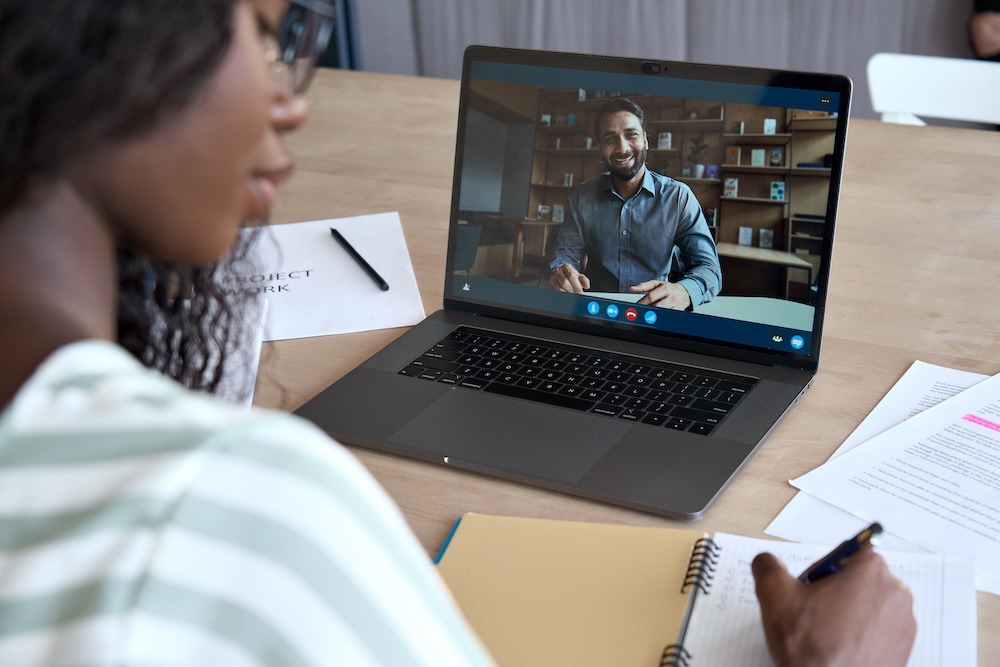In the world of business, in-person meetings have long been the gold standard for building trust, closing deals, and nurturing relationships. But as climate concerns intensify and technology rapidly evolves, it’s time to ask: Is boarding a plane or driving across town the only way to make a lasting impression?
Let’s explore the climate cost of traditional business practices and the sustainable alternatives that are not only kinder to the planet — but often more efficient and effective.
The Environmental Cost of In-Person Business Engagements
Business travel, even for short trips, can rack up surprising emissions:
- A single domestic flight can emit up to 0.5 metric tons of CO₂ per passenger
- Driving to multiple sales meetings contributes to localized air pollution and fossil fuel use
- Hotel stays generate waste, energy consumption, and water usage
- Meals, rideshares, printing, and branded gifts all contribute to the overall footprint
Multiplied across hundreds of meetings per year per company — this adds up to a serious environmental burden.
Why Shift to Sustainable Engagement?
The shift isn’t just about emissions — it’s also about aligning business practices with evolving consumer expectations. Today’s clients and partners increasingly value:
- Authenticity and transparency
- Purpose-driven business operations
- Conscious use of time and resources
- Commitment to sustainability
By rethinking the “rules” of relationship-building, businesses can reduce waste while increasing trust.
Tools for High-Trust, High-Touch Virtual Engagement
Remote doesn’t mean robotic. There are powerful ways to create warmth and connection digitally:
- Video meetings: Platforms like Zoom, Google Meet, and Microsoft Teams offer reliable face-to-face communication. Camera-on policies help foster rapport.
- Virtual whiteboards: Tools like Miro or Mural mimic brainstorming environments.
- Interactive demos: Screen-sharing tools and product walkthroughs keep presentations dynamic.
- Asynchronous video: Tools like Loom allow you to record personalized messages clients can watch on their own time — a powerful, human touch.
These tools reduce emissions and improve scheduling flexibility while still supporting meaningful interaction.
Green Client Gifting: Thoughtful, Not Wasteful
Traditional client gifts often include plastic swag, single-use packaging, or products that go unused. Try these sustainable alternatives:
- Eco-subscriptions: Give access to climate-conscious services (e.g., reforestation credits, zero-waste boxes).
- Digital books or experiences: Share industry-relevant eBooks, audiobooks, or virtual class vouchers.
- Local treats: Ship from nearby artisans to cut transportation emissions and support small businesses.
- Sustainable packaging: When physical gifts are necessary, opt for recyclable or compostable materials.
The gesture still matters — but the waste doesn’t have to.
Remote-First, High-Growth Sales Success
Many startups and small businesses have grown rapidly without setting foot in a client’s office. Here’s how:
- Strong onboarding materials: High-quality, accessible onboarding docs and intro videos can replace multiple in-person meetings.
- Frequent check-ins: Scheduled touchpoints via video or email foster accountability and connection.
- Proactive reporting: Delivering clear, measurable results builds trust without the need for face time.
- Shared dashboards: Live data access lets clients track performance independently, increasing transparency.
Some of the most successful remote-first companies have made these practices their competitive edge.
How Transparency Replaces “Wining and Dining”
In traditional sales, lavish meals and personal visits helped build rapport — but they also masked gaps in value. Today’s clients are:
- More data-driven
- More values-conscious
- Less interested in “extras” and more focused on results
Being upfront about your company’s climate goals, sharing your carbon reduction efforts, and respecting your client’s time often builds more trust than a steak dinner.
Final Thoughts: Relationships Without the Footprint
Sustainable sales isn’t about sacrificing relationships — it’s about strengthening them through intention and innovation. The companies that embrace digital-first, low-impact methods today will be tomorrow’s leaders in both performance and purpose.
In-person meetings may still have their place — but they no longer need to be the default. With the right tools, mindset, and commitment to climate goals, businesses can thrive without leaving a trail of pollution behind.
FAQs
Can virtual meetings really replace in-person sales?
Yes, especially when paired with strong materials, clear communication, and personalized touches.
Do clients prefer remote engagement?
Many do, particularly when it respects their time and still delivers value.
Is remote sales cheaper?
Yes — fewer travel expenses, lower overhead, and faster sales cycles often result in cost savings.
What’s the greenest way to handle client onboarding?
Use digital documents, welcome videos, and cloud-based collaboration tools instead of paper packets or physical visits.









Reader Interactions